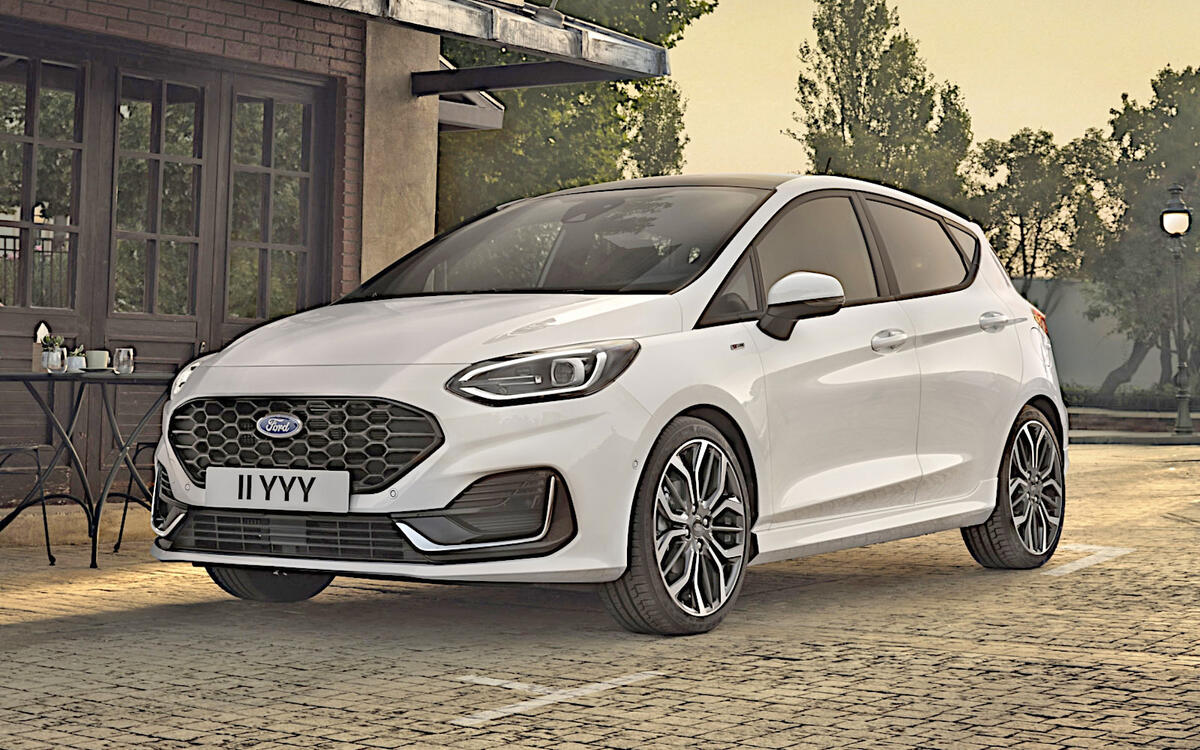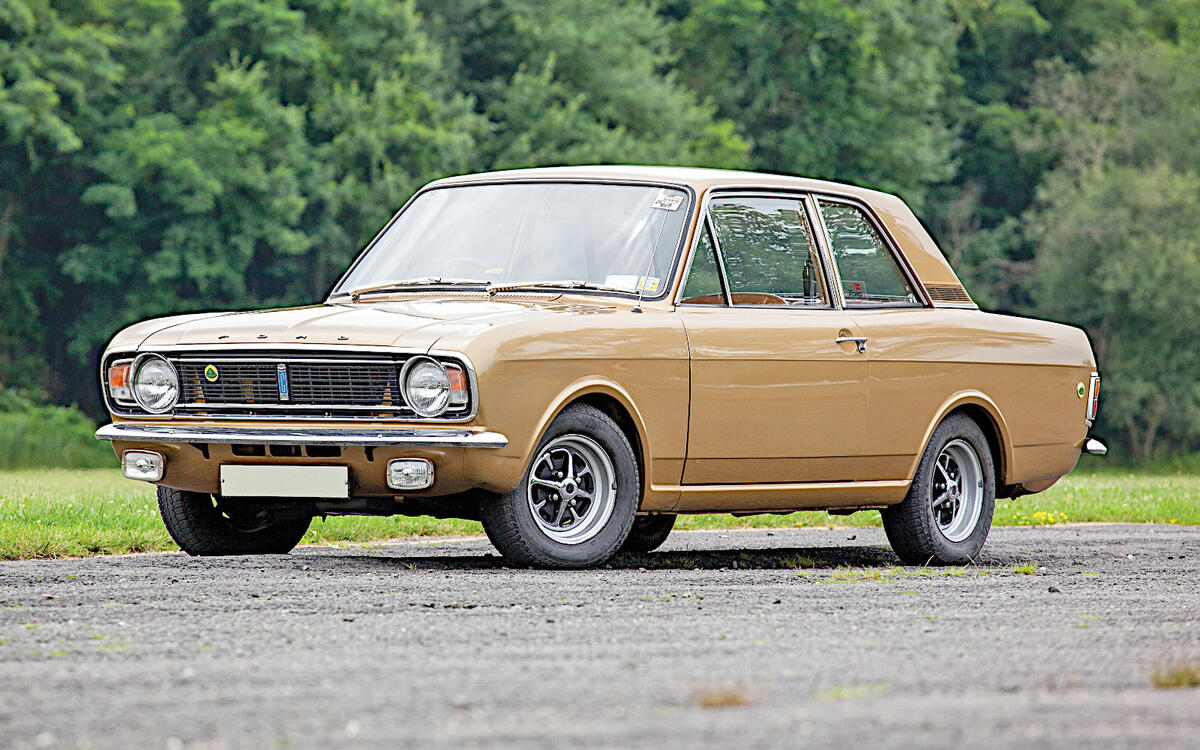 Slide of
Slide of
UK car sales data are derived from registrations, and though cars can be registered before they are sold, registrations is the best measure we have of how popular a car is.
Here is a list of the ones that have hit the top of the charts in chronological order since records began, using data supplied by the Society of Motor Manufacturers and Traders (SMMT) trade body:
 Slide of
Slide of
Austin/Morris 1100/1300: 1965-1966
This deliberately shortened title refers to the car with the codename ADO16, which was also sold in the UK under the MG, Morris, Riley, Vanden Plas and Wolseley brands.
There are claims that it was the country’s most popular car as far back as 1963, its first full year on sale, but SMMT records date back to 1965, so it’s is safe to say only that it was registered in greater numbers than any other in that year and the one after.
PICTURE: Morris 1100
 Slide of
Slide of
Ford Cortina Mk2: 1967
The second-generation replaced the first in autumn 1966, and was immediately very popular – so much so, in fact, that it knocked the 1100/1300 off its perch at the top of the registration charts.
Given Ford’s later dominance of the UK sales charts, it seems surprising now that the Cortina held this position for only a single year. It remained in production until 1970, but never again beat its smaller rival.
 Slide of
Slide of
Austin/Morris 1100/1300: 1968-1971
The British Motor Corporation and its successor British Leyland did not have long to wait for a return to the top. After the brief interruption by Ford, its 1100/1300 hit the top again in 1968 and stayed there until 1971, when it was finally vanquished by the next Cortina.
Trivia fans might want to note that the 1100/1300 is, so far, the only car to have made a comeback after falling from the top of the annual registrations list. This may not help you in a pub quiz or an episode of Only Connect, but you never know.
PICTURE: MG 1300
 Slide of
Slide of
Ford Cortina Mk3: 1972-1975
The first Cortina co-developed by the new Ford of Europe (a merger of the previously separate British, Germany and Irish divisions) did not get off to a great start in the UK because of a factory strike early in its production run.
Once that was resolved, the new Cortina hit the top and stayed there for four consecutive years, equalling the record set during the second reign of the 1100/1300.
 Slide of
Slide of
Ford Escort Mk2: 1976
In 1976, the Cortina Mk3 was nearing the end of its production life. The second-generation Escort, in contrast, had only recently gone on sale, and although it was mechanically almost identical to its predecessor it looked more modern and seemed newer than it really was.
These factors combined to produce a predictable result. The Escort was the most-registered car for this single year while UK customers waited for a new Cortina.
 Slide of
Slide of
Ford Cortina Mk4: 1977-1979
The US-influenced Coke-bottle styling of the Mk3 Cortina gave way to a more European – and fashionably straight-sided – look. As with the Escort, technical changes were minimal, but UK customers were still impressed. Launched in late 1976, the Mk4 was the country’s most-registered car every full year it was on sale.
 Slide of
Slide of
Ford Cortina Mk5: 1980-1981
The final version of the Cortina, introduced in the autumn of 1979, was so similar to the one it replaced that there is some doubt over whether it deserves its own mark number. In some circles the two models together are described as the Mk4/5, accurately implying how small the upgrade was. Indeed at this time Ford seemed to come close to the relentless incremental model year updates that typified its home market in America.
The changes were enough to keep the Cortina at the top of the list for a further two years. It might have been three, but production was brought to a halt in 1982 to make way for the Sierra. No car in this class has reached the top of the SMMT list since then: the modern equivalent would be the recently discontinued Mondeo.
 Slide of
Slide of
Ford Escort Mk3: 1982-1985
The Escort launched in 1980 bore almost no resemblance to any previous model of that name, with its hatchback body style, front-wheel drive and a generally new range of engines.
The final Cortina kept it off the top step of the UK registrations podium for a couple of years, but when that car was taken off the market the Escort blossomed, exceeding all other cars in a straight run from 1982 to 1985.
 Slide of
Slide of
Ford Escort Mk4: 1986-1989
Another mid-life update which might or might not have deserved a new mark number made the Escort look softer and more up-to-date than it had earlier in the decade.
Once again, it worked. This Escort picked up the baton from the old one and dominated the chart for a further four years. The unbroken run of eight years for the two cars combined created a new record for a single nameplate since SMMT records began.
 Slide of
Slide of
Ford Fiesta Mk3: 1990-1991
The Fiesta had been popular right from its introduction in 1976, but it wasn’t until 1990 – when it was already in its third generation – that it reached the top of the SMMT list.
It remained there for only two years, but a precedent had been set. This was the shortest model to achieve the feat (even the little Austin/Morris 1100/1300 was more than six inches (152mm) longer) - and also the first supermini to do so. This class of car would come to dominate the top-selling part of the market.
 Slide of
Slide of
Ford Escort Mk5: 1991-1994
Despite the success of the third Fiesta, the UK public wasn’t fully ready to commit to superminis just yet. The fifth-generation Escort, which arrived in autumn 1990, swept its smaller stablemate aside and was the most-registered car in the country for the whole of its production life.
Early press reports were largely negative, but this Escort was roomier, better-equipped and only slightly more expensive than the one it replaced, and buyers liked it – perhaps reflective of a market that was much less competitive than today.
 Slide of
Slide of
Ford Escort Mk6: 1995
The last European Escort was a mild, though noticeably refined, update of the one before. It did well enough for Ford to continue building it long after the introduction of its replacement, the Focus, but overall sales were not dramatic.
That said, it did well enough early on. Possibly helped by the fact that owners of the Mk5 were happy to trade it in for an improved version, the new-ish car achieved more registrations in its debut year than anything else on the market.
 Slide of
Slide of
Ford Fiesta Mk4: 1996-1998
The 1996 Fiesta, also sold as the Mazda 121, was essentially a reskinned version of the one before, though it featured a new range of engines known variously as Sigma, Zetec-S, Zetec-SE and eventually Duratec.
The frontal styling was arguably the strangest ever seen on a Fiesta (prior to a facelift in 1999), but it didn’t put buyers off. The car topped the charts for three years in a row.
 Slide of
Slide of
Ford Focus Mk1: 1999-2004
By the late 1990s, Ford had a reputation for producing mainstream cars which sold well but were, to say the least, unadventurous. The original Focus, which replaced the last Escort, was completely different – an exceptionally well-designed car renowned for splendid handling in almost all its forms.
The well-tuned suspension was probably less important to most buyers than effective styling and impressive interior space. Either way, the Focus was successful right away, leading the SMMT chart in its first full year on sale and retaining that position until it was withdrawn from the market. This six-year run was, at the time, the longest achieved by any car in a single generation.
 Slide of
Slide of
Ford Focus Mk2: 2005-2008
In a typical example of upsizing from one generation to the next, the second Focus was larger and heavier than the first, and in the opinion of some critics not as good to drive.
This had no effect on the nameplate’s popularity. The new Focus took over where the old one had left off, leading the market for four years. By the time it was demoted by another Ford, Focuses of one sort or another had been on top for a full decade.
 Slide of
Slide of
Ford Fiesta Mk6: 2009-2017
When the 2008 results were announced, the SMMT had been compiling its annual figures for 44 years, and Ford had occupied the top position for 37 of them. If any other manufacturer had hopes of taking over, they were obliterated by the revival of the sixth Fiesta. The switch from the previous model to this one was almost as radical as that from the last Escort to the first Focus. This was clearly the best Fiesta yet – on arrival it was by far the best car in its class to drive - and it caught the public imagination in a big way.
Due to the global financial crisis, it took a while to exceed the 126,928 registrations achieved by the Focus Mk2 in 2007, but in 2013 it reached 133,434, setting a new record which is unlikely to be broken in the near future. The new Focus, the Vauxhall Astra and Corsa and the Volkswagen Golf all had their turn in the top three, but none of them could approach Ford’s supermini.
 Slide of
Slide of
Ford Fiesta Mk7: 2018-2020
The current Fiesta arrived at a time of industry upheaval which, with the added pressure of the COVID-19 pandemic, led to a collapse in total UK registrations from 2.7 million in 2015 to just 1.6 million five years later.
The Fiesta remained on top during this period, but signs of change became apparent in 2020. Ford began the year strongly, but its total of 49,174 was only slightly ahead of 46,439 for the Vauxhall Corsa (which uniquely broke through the 10,000 barrier for a single month with 10,553 registrations in September) and 43,109 for the Volkswagen Golf.
 Slide of
Slide of
Vauxhall Corsa: 2021
Ford’s nearly half-century stranglehold on the SMMT rankings finally came to an end in 2021, when the increasingly strong Corsa became Vauxhall’s first market leader. Its annual total of 40,914 seems miserable compared to the past, but in the context of global parts supply problems it was actually a remarkable performance.
The Tesla Model 3 was second, while the Fiesta almost unbelievably dropped out of the top ten, and Ford’s top contender, the Puma compact SUV, was only eighth.
Access control:
Open







































